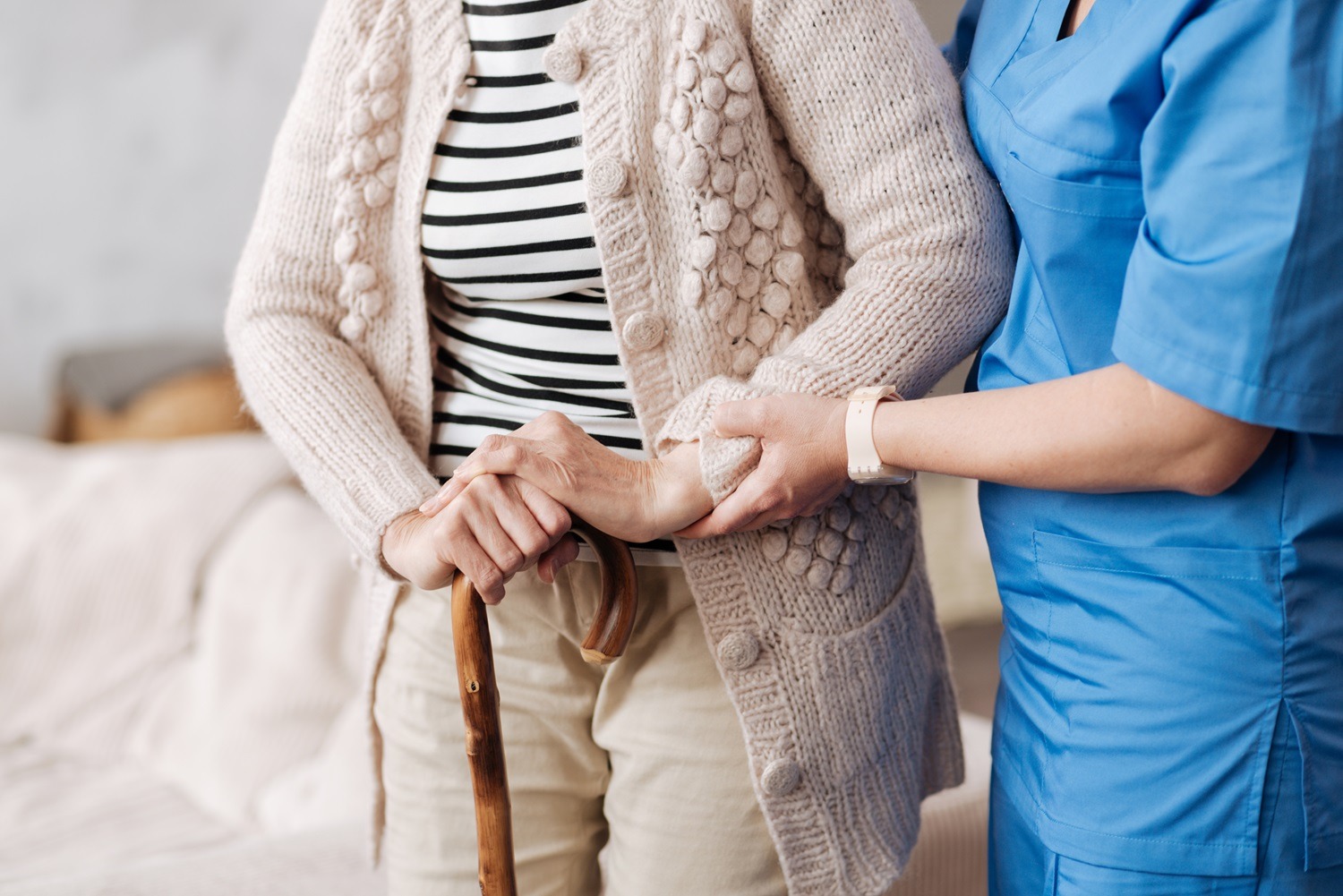
Defining ‘lone worker’
The Canadian Centre for Occupational Health and Safety (CCOHS) defines a lone worker as someone who works in a location where they cannot be seen or heard by another person. It could include workers who might go for periods in their day without having direct contact with anyone.
What are some examples of a lone worker?
You don’t need to have a high-risk job to be considered a lone worker. Basically, if anything happened to you and there is no one to see, hear, or notice things are not okay, you are a lone worker that requires work alone monitoring.
Some job types include:
- Home care workers
- Custodians
- Anyone who travels for work (even short and simple trips)
- A construction worker in an isolated job site
- Gas station workers
- Social services workers
- Store clerks
- Taxi drivers
- Security guards
- Delivery drivers
- Oil and gas workers who work in isolated job sites
Is working alone dangerous?
Low-risk jobs
Not all lone workers are in high-risk occupations. It’s often not hazardous to work alone, but it can be when other circumstances are present. For example, your job at a retail store is very low risk, but handling cash by yourself at closing can pose a small risk.
Accidents, injuries, and emergencies still happen in low-risk jobs. If you have little to no interaction with the public or other workers, you could find yourself in a bad situation without someone to help you. Your situation and potential risks need to be accessed properly.
High-risk jobs
Some high-risk occupations certainly require a lone worker monitoring service, no matter what. Working from heights, in confined spaces, with electricity or other energy sources, hazardous products and equipment, or any situation with the potential for violence are all examples. In these instances, legislation requires work alone monitoring.
Checking-in decreases risk
With CommAlert’s lone worker monitoring service, workers can check-in at the beginning and end of their shifts. Often, a few check-ins are required throughout the shift as well. Workers can check in via text, a Smartphone app, or over the phone. Check-ins let someone know you’re okay. If you miss a check-in, our agents will initiate a call-out procedure to locate you and ensure your safety.
Resources that can help
The CCOHS provides some great information on lone worker safety. It can help you determine if you or your employees should have a check-in system in place. If you have questions about our comprehensive lone worker monitoring program, give us a call!




